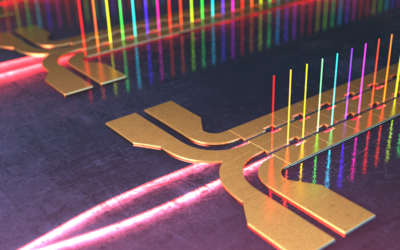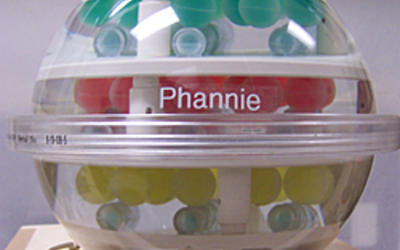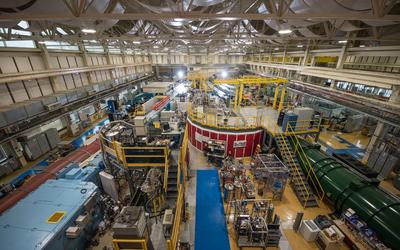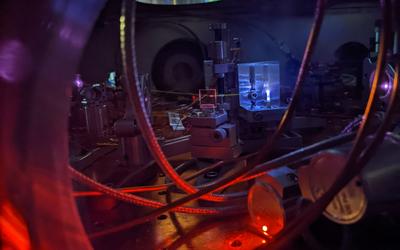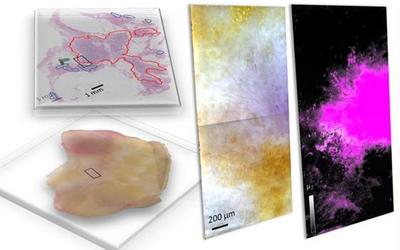Physics research at NIST includes everything from improving the safety of medical radiation procedures to developing future "quantum information" technologies that generate unbreakable codes. NIST provides the measurements, standards, and technical expertise scientists and industries need to push the limits of the fundamental properties of nature.
Key Accomplishments
- Atomic clocks: NIST built the world’s first atomic clock, showing how to achieve the precise synchronization now critical to many modern technology systems, from GPS satellites for navigation to stock exchanges. NIST continues to operate atomic clocks, including the U.S. civilian time standard.
- Frequency combs: NIST scientists developed the frequency comb, a “ruler of light” that made possible the latest atomic clocks, which may serve as future time standards. Frequency comb applications are also helping to find Earth-like planets, identify atmospheric chemicals and locate gas leaks.
- Laser cooling: NIST physicists led the development and application of methods of cooling and trapping atoms with laser light, leading to the creation of new states of matter, advances in experimental quantum computing, and the awarding of three related Nobel Prizes to NIST physicists.






